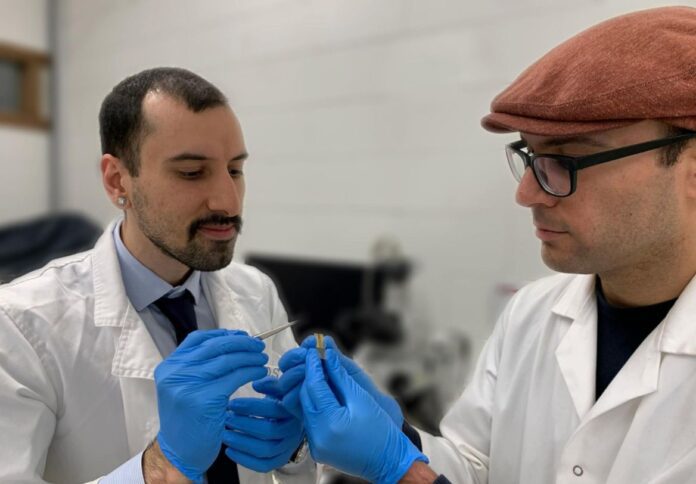
Engineers from RMIT University are experimenting with the use of high-frequency sound waves and the nanomaterial MXene that could potentially triple the lifespan of cell phone batteries.
The team claims that by using high-frequency sound waves to eliminate rust that impairs battery performance, we might have recyclable batteries that could last for up to nine years as opposed to discarding them after two or three years.
Researchers at Melbourne’s RMIT University believe that MXene can be an alternative to extensively used lithium for batteries in the future. The team’s idea may also help to overcome the difficulty of the high cost of recycling lithium and other materials from batteries, which is a key barrier to the reuse of these products.
Leslie Yeo, distinguished professor of chemical engineering and lead senior researcher, said MXene is comparable to graphene in that it has strong electrical conductivity.
“Unlike graphene, MXenes are highly tailorable and open up a whole range of possible technological applications in the future,” said Yeo from RMIT’s School of Engineering.
However, the big challenge with using MXene was that it rusted easily, thereby inhibiting electrical conductivity and rendering it unusable, he said.
“To overcome this challenge, we discovered that sound waves at a certain frequency remove rust from MXene, restoring it to close to its original state,” Yeo noted.
Co-lead author Mr Hossein Alijani, a PhD candidate, explained that in their study, they confirmed that exposing an oxidised MXene film to high-frequency vibrations for only a minute removes the rust on the film allowing its electrical and electrochemical performance to be recovered.
The researchers are also investigating the possibility of using their invention to remove oxide layers from other materials for applications in sensing and renewable energy.




















